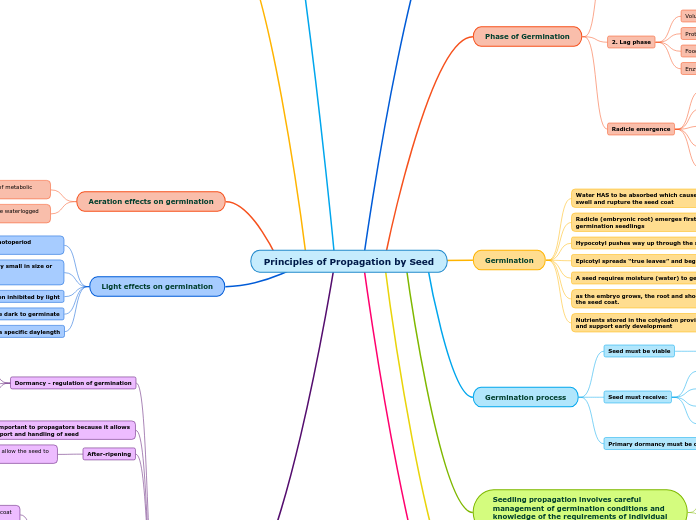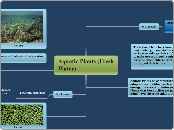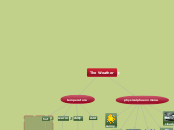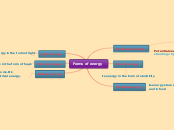Principles of Propagation by Seed
Dormancy
Endogenous dormancy
Physiological dormancy
Photodormancy
Light requirement can sometimes be offset by cool temperatures or alternating temperatures
lettuce seed, can germ. in dark if temp. below
There is often an interaction between light and temperature
Involves phytochrome (in most plants) which is photoreversible
Seeds require either light or dark conditions
Non-deep = after-ripening. Fresh seeds of herbaceous plants (annuals and many perennials) lose dormancy during standard storage
Morphological dormancy
Overcome by
Treat with KNO3 or GA
Linear embryo = ericaceae (rhododendron), annonaceae (pawpaw)
Rudimentary embryo = araliaceae (ginseng), papaveraceae (poppy), ranunculaceae (anemone)
Type of primary dormancy
Exogenous physical dormancy (“seed coat”)
In nature, hard seed coats are softened by
Passage through an animal’s digestive tract
Microorganisms
In drupes (cherry, peach, etc.). Have a hardened endocarp (“pit” or “stone”)
coconut, honey locust, Kentucky coffee tree
Exogenous dormancy - factors outside the embryo (seed coat or parts of the fruit)
Supplies inhibitors to the embryo
Preventing leaching of internal inhibitors
Controlling gas exchange (O2/CO2)
Physical restriction on embryo expansion or radicle emergence
Inhibits water uptake
After-ripening
changes in the dry seed during storage that allow the seed to germinate following favorable conditions
Dormancy is important to propagators because it allows storage, transport and handling of seed
Dormancy - regulation of germination
Secondary dormancy
induced under unfavorable environmental conditions
Primary dormancy
a type of dormancy where seeds will not germinate despite adequate environmental conditions
Quiescent seeds
only need to be imbibed and incubated @ an appropriate temperature for germination. NO dormancy!
Light effects on germination
Some require a specific daylength
birch, hemlock
Some require dark to germinate
calendula (pot marigold), delphinium, pansy
A few plants have germination inhibited by light
amaranthus, allium, phlox
SubtLight-sensitive seed are generally small in size or are epiphytes (grow on other plants)
opic
alyssum, begonia, coleus, orchids
Involves quality (wavelength) and photoperiod (duration)
Main topic
Aeration effects on germination
Oxygen diffuses through water slowly therefore waterlogged soils slow/inhibit germination
Oxygen uptake is proportional to the amount of metabolic activity
Environmental factors influencing germination
2. Temperature
Alternating temperatures
Imbibed weed seeds deep in soil do not germinate since there is little temperature flux, however, they will germinate if the soil is cultivated and seeds are brought to the surface where there is temperature flux
Used in seed testing labs
Day/night temperature fluxes are better than constant temperatures
Temperature categories
Warm-temperature requiring - native to subtropical and tropical regions
Must be > 15.5°C for beans, pepper, cucumbers, cotton
Must be > 10°C for sweet corn & tomato
Cool-temperature requiring - native to a Mediterranean climate. No germination if > 25 °C
celery, lettuce, onion, delphinium
Cool-temperature tolerant - native to temperate zones prefer 4 - 30°C
broccoli, cabbage, carrot, peas, alyssum
Temperature ranges:
Optimum
a range where the greatest percentage of seedlings are produced at the highest rate
Maximum
highest temperature for germination
Minimum
lowest temperature for germination
Germination percentage is constant in the mid-temperature range and low on either end
Germination rate increases with an increase in temperature (up to a point)
Temperature affects germination percentage and germination rate
Store seed at low temperatures to prolong viability
Boil-treat seeds to control disease. This won’t damage the seed as long as the seed is DRY
The MOST important environmental factor that regulates TIMING of germination
1.) Water - threshold water potential = amount of water needed by the seed for radicle emergence
Water with high salt content can counter-balance the effects of water imbibition (this is a problem in California with subirrigated fields and high water evaporation)
Rate of water movement in soil depends on
Closeness of seed/soil contact
Packing (pore space)
Texture (pore space)
Measures of germination
Germination rate - T50 value
# of days required to achieve 50% germination of the seed lot
Germination percentage (%)
number of seedlings produced in a specified time
Importance of quality seed in crop production
Use of quality seed of improved variety of notified variety of hybrids is a basic input in cultivation of any crops as it ensures high crop stand, vigorous and healthy crop growth and thereby it ensures high productivity of that crop.
Quality Seed Should Have Following Criteria
It should not contain impurities like other crop seed, trash material beyond permissible limits.
It should be free from infection of seed borne disease and stored grain pests.
It should have good germination.
Seedling propagation involves careful management of germination conditions and knowledge of the requirements of individual kinds of seeds
These include
Supplying proper environment to the seeds
Manipulating seed dormancy.
Using good-quality seeds
Using seeds of proper genetic characteristics to produce the cultivar, species, or provenance desired.
Success depends on fulfilling the conditions detailed in the previous chapters on seeds.
Germination process
Primary dormancy must be overcome
after-ripening. Often removed by environmental conditions
Seed must receive:
Light (depending on species)
Oxygen
Proper temperature
Water
Seed must be viable
embryo alive and capable of germination
Germination
Nutrients stored in the cotyledon provide nourishment and support early development
as the embryo grows, the root and shoot break through the seed coat.
A seed requires moisture (water) to germinate.
Epicotyl spreads “true leaves” and begin photosynthesis
Hypocotyl pushes way up through the soil
Protecting fragile shoot apex and large cotyledons
Radicle (embryonic root) emerges first from the germination seedlings
Water HAS to be absorbed which causes the seed to swell and rupture the seed coat
Phase of Germination
Radicle emergence
ABA inhibits enzymatic cell wall hydrolysis
Subtopic
GA promotes enzymatic cell wall hydrolysis and radicle emergence
Enzymes degrade certain cell walls to permit exit of the radicle
Food reserves continue to be used
Result of cell enlargement
2. Lag phase
Enzymes loosen cell walls
Food reserves are metabolized
Proteins are synthesized (enzymes are activated)
1. Water uptake
Volume of seed increases
Seeds generally do not wet uniformly
Followed by 1 - 3 hours of slow uptake
First 10 - 30 minutes
rapid uptake
Occurs whether seed is alive, dead, dormant or non-dormant
By imbibition
a physical process in seeds with a permeable seed coat
Use of storage reserves
Proteins in protein bodies
Proteinases synthesized during imbibition
Enzymes (proteinases) are required to break down proteins into amino acids
In cotyledons and endosperm









